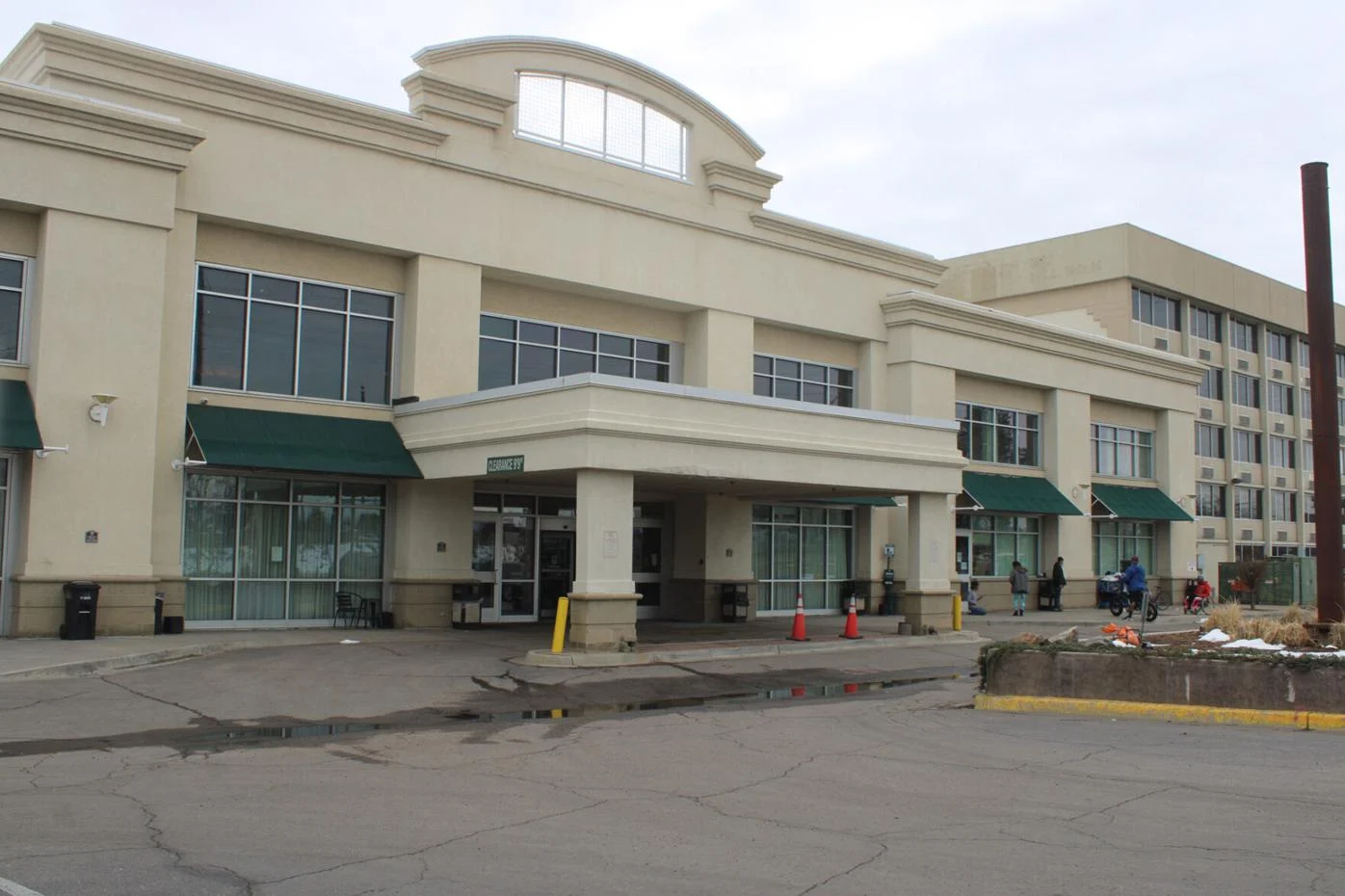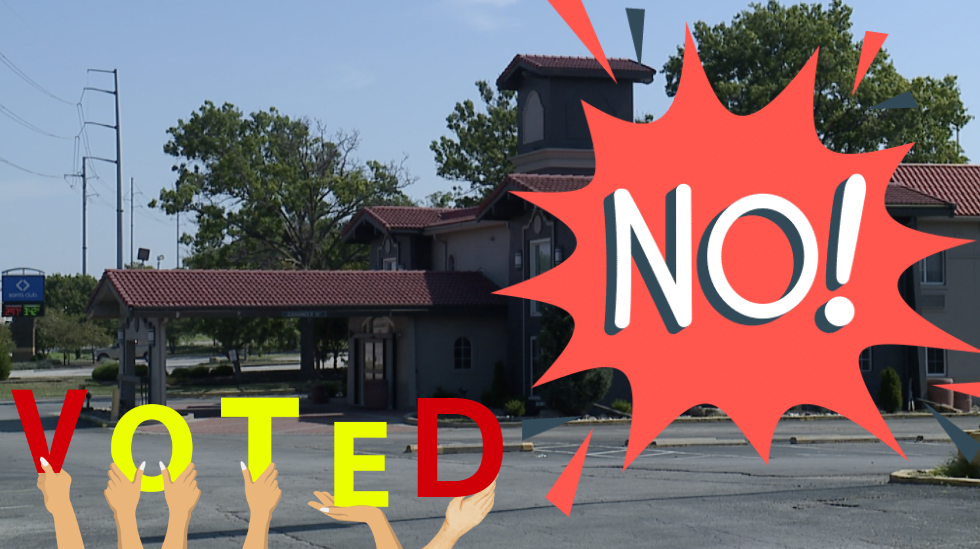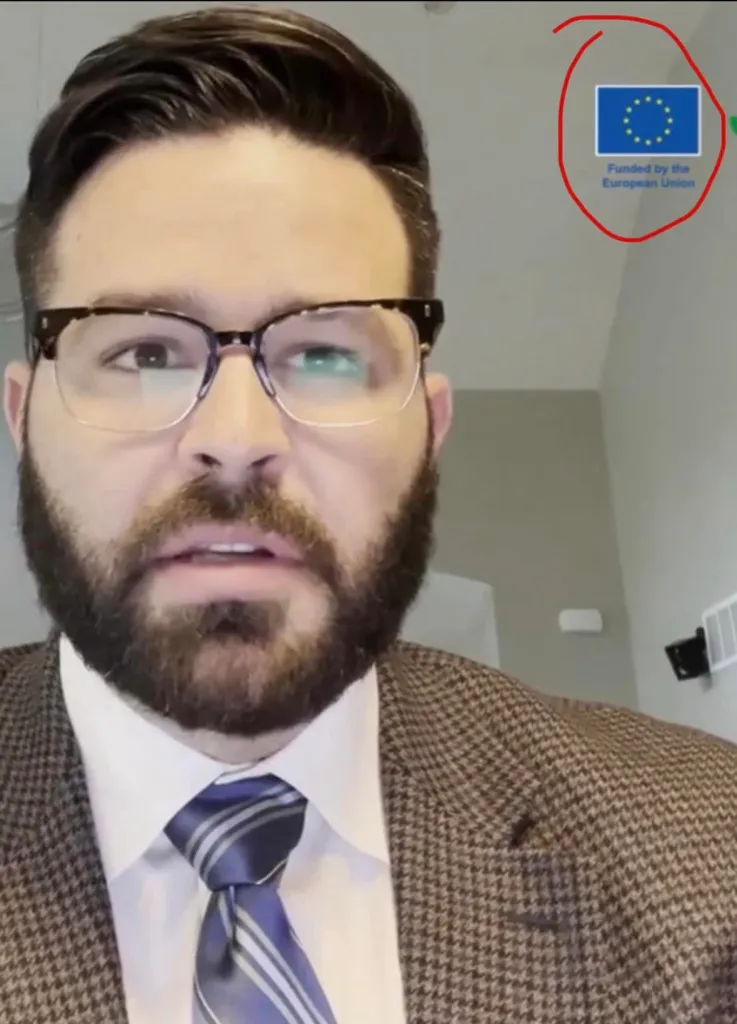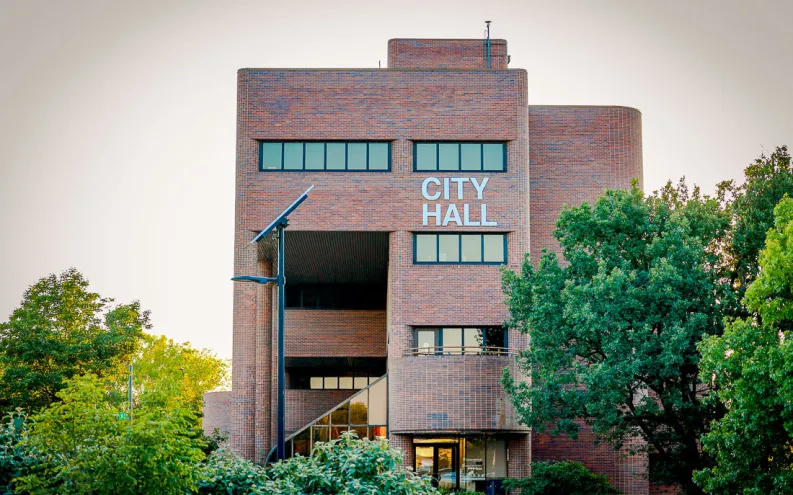911 data reveals the homeless hotels attract more calls than regular hotels in the city
Noah Festenstein [email protected]
Apr 17, 2024 Updated May 2, 2024
On any given day, Doc Miller keeps an eye on his wife Judith watering the garden outside of their South Broadway Bed & Breakfast hotel, wondering when a homeless person would come and threaten her.
Their bed and breakfast is the only hotel along the south Broadway corridor, a busy zone that draws shoppers and diners.
But the area has also become a hotspot for people openly using drugs in an area with a higher population of homeless people.
Whether it’s someone passed out on a sidewalk or a drug deal happening in broad daylight at an intersection, the corridor has fostered an illicit drug market and attracted violence, business owners and residents said.
“The city is literally falling into the second ring of hell,” said Miller. “We are under siege.”
Within 1,000 meters of Miller’s hotel, 309 emergency 911 calls were made in the last three months of 2023, according to public safety data.
But that number still pales in comparison to the average 833 calls made within 1,000 meters of Denver’s five hotel-turned-shelters for homeless people between Oct. 1 and Jan. 2.
911 calls within 1,000 meters from Denver’s hotel-turned-shelters:
- 4040 N. Quebec St: 1,212
- 12033 E. 38th Ave: 795
- 7525 E. Hampden Ave: 771
- 4590 N. Quebec St: 709
- 4849 Bannock St: 680
Those calls included reports of shootings, drug use, theft or other acts of violence.
The Denver Gazette sifted through 911 data for three regular hotels, including the Millers’ bed and breakfast, located in corridors identified by Denver’s law enforcement as areas where crimes are more concentrated.
None has attracted as many 911 calls as the Johnston administration’s homeless shelters. On average, 267 calls were made from the areas practically during the same period using the same geographic parameters.
In particular, the shelter at 4040 Quebec, a former DoubleTree hotel, has seen the most trouble: Seven people have died there, two of them by shooting.
And between Oct. 1 and Jan. 12, some 1,212 emergency calls to 911 were made within a 1,000-meter radius of the hotel.
Along with building “micro-communities,” the hotel-turned-shelters are a crucial component of Mayor Mike Johnston’s campaign promise to eradicate homelessness in the city by the end of his first term.
Last year, Johnston’s administration moved 1,135 homeless people indoors. The mayor plans to move another 1,000 this year.
The Johnston administration insisted that homeless people are safer indoors than out in the streets.
“People experiencing homelessness are not safer outdoors,” Jose Salas, a spokesperson for the mayor’s office, told The Denver Gazette in email. “Through the All In Mile High initiative, we are providing a roof over people’s heads, a warm place to sleep that keeps them away from the elements, a door they can lock to keep their belongings from being stolen, 24/7 supportive staff to help with their needs, and so much more.”
Denver Police Chief Ron Thomas told The Denver Gazette there is a big difference in what’s happening at hotel-turned-shelters and areas identified by law enforcement as crime hotspots.
Crucially, there’s a lot more resources being offered at the shelters.
“I think what we are seeing at the hotspots or in crime prone areas is, for the most part, at least back in 2021, the only resource that was being deployed to those resources were the police,” Thomas said. “The resources that are available at these ‘All In Mile High’ sites are wraparound services.”
Thomas added it’s “reasonable to expect that as they continue to stabilize, you’re gonna have increases in call for service.”
A spokesperson for Johnston also maintained that homeless encampments that the administration had cleared out drew “much greater” 911 calls than the hotel-shelter sites. Many of the residents of those encampments ended up at the shelters.
In an interview, District 8 Councilmember Shontel Lewis said she wants a data-driven approach, and she’s interested in the question of whether homeless people are “safer” on the streets.
But she wants the “full picture” that would provide, Lewis said, adding the data would help keep homeless services providers accountable.
She added: “Putting people on the pathway to permanent housing, offering wrap-around trauma-informed services centered in compassion is the best way to help a traumatized population thrive, not just survive.”
A ‘free-for-all’
Miller, the bed and breakfast owner, said he believes many people are afraid to call 911 in an area prone to crime, describing the problems happening in the streets as “an ongoing free-for-all.”
Threats from homeless people at his hotel happen “at least once a day,” he said.
That’s in addition to open drug use, he said.
“I have called ambulances on numerous occasions for people who are dying or in serious risk of death from drug overdoses in the alleys,” he said.
He surmised that the homeless people living at the 4040 Quebec shelter are people “consolidated into an area where antisocial drug and alcohol related problems can fester into a group activity.”
Whereas on south Broadway, he said, “we have a lot of wide open spaces here on the streets.”
A recent, wide-ranging report painted a complicated, incessant and sorrowful picture of homelessness in metro Denver, a crisis that has soared in recent years and which is costing taxpayers hundreds of millions of dollars each year.
The Metro Denver Homeless Initiatives’ latest “State of Homelessness Report” described a homeless population that is struggling with mental and chronic health and, more notably, substance abuse challenges. The report, which accumulated data from various sources, outlined factors contributing to homelessness, notably substance abuse (24%) and mental health concerns (31%).
Other major contributing factors included chronic health conditions (24%) and disabling conditions (21%), according to the report, which drew data from the annual point in time count.
Data from elsewhere in the country showed a similar pattern. The California Policy Lab, which analyzed the responses of more than 64,000 “sheltered” and “unsheltered” homeless adults, showed similar results: 50% of “unsheltered” people reported mental health conditions contributed to their loss of housing and 51% reported the use of drugs or alcohol contributed to their loss of housing.
The overdose crisis has, in particular, hammered Denver’s homeless population, which made up 38% of the overdose deaths last year.
Dawn McNulty, a resident near south Broadway, said “the city’s strategy is putting all Denver residents in imminent danger, but particularly our most vulnerable populations.”
“For those who live in the densely populated areas with transitional housing,” she said, “the effects have been deeply impactful to all community stakeholders.”
To Craig Arfsten, president of Citizens for a Safe and Clean Denver, believes mental health and substance abuse lie at the root of the crisis. Arfsten said when he visited the 4040 Quebec shelter recently, he found trash and needles surrounding the property.
“I don’t think the city has recognized that the problem is drug addiction and mental illness,” Arfsten said. “And until you admit that, you’re gonna have this population that’s going to continue to create problems.”
Jimmie Owens, a homeless man who was scouring for shelter during Denver’s previous snowstorm, told The Denver Gazette he missed out on transitional housing opportunities.
“(It’s) a different aspect out here,” he said of the level of drug addiction he’s seeing in the streets.
“Sadly,” he added, “it’s like the only choice.”




